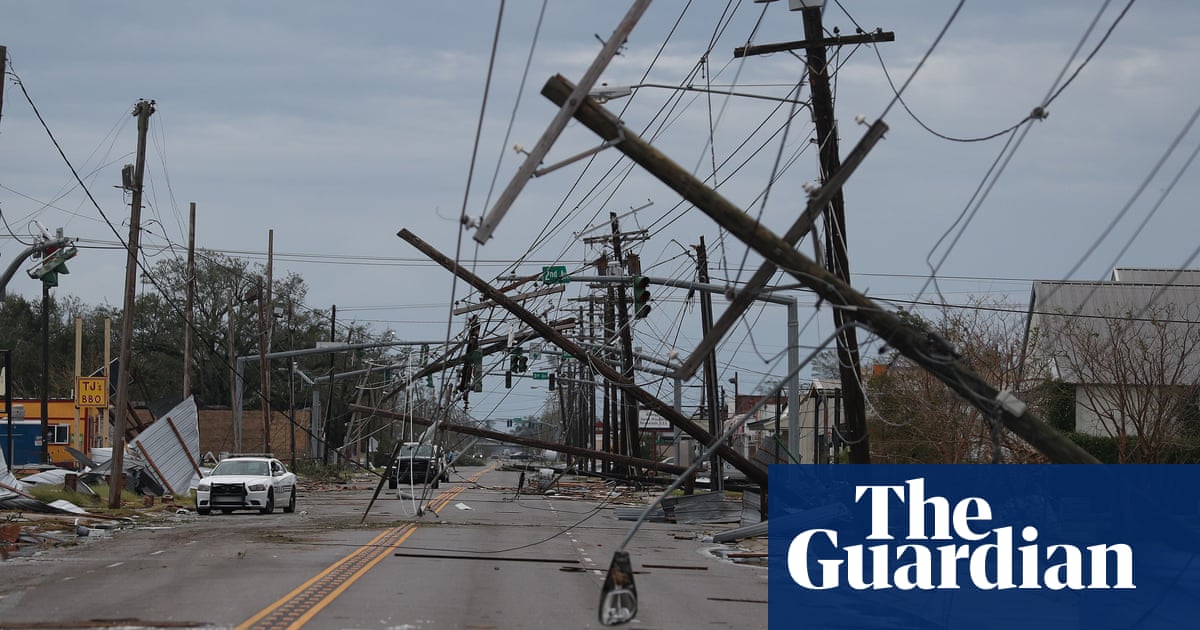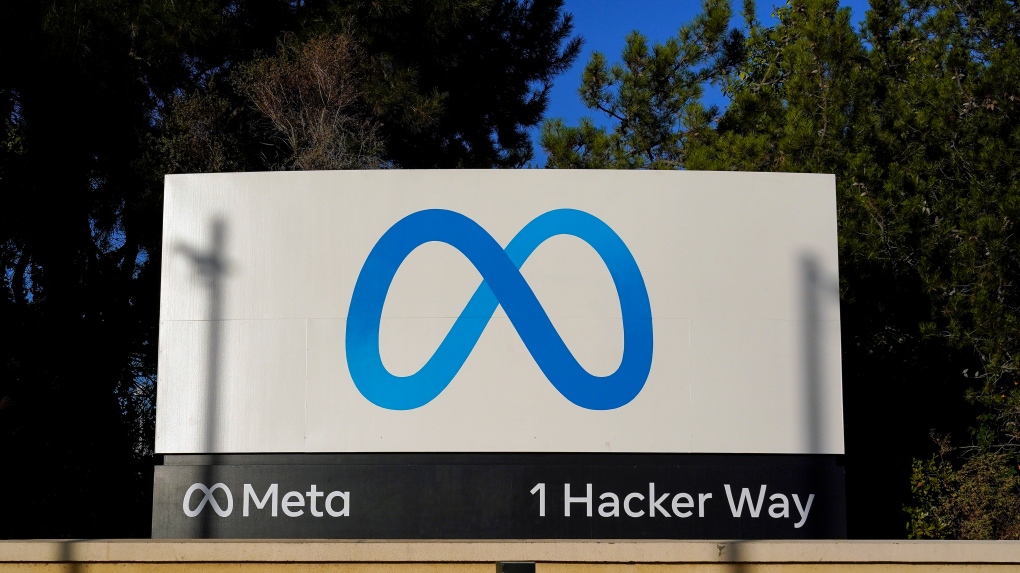Power outages in the US are surging, as climate-related extreme weather strain an already burdened energy grid.
Over the last decade, severe storm outages increased by 74% compared with the previous 10 years.
High winds, rains, winter storms and tropical cyclones including hurricanes, accounted for 80% of all power interruptions over the last 20 years, a new report from non-profit research group Climate Central shows.
“We’re seeing that the warming is having a direct impact on severe weather,” said Jen Brady, author of the report and senior data analyst at Climate Central. “The conditions that our infrastructure was built to handle are much different 1713955082 than what they were.”
Texas had most weather-related outages, followed by Michigan, California and North Carolina. When winter storm Uri struck Texas in 2021, it left millions of people without power and left a death toll of at least 246 people. Texas, which has also experienced record-breaking heatwaves in recent years, operates its own power grid, meaning it can’t source from other states when its infrastructure fails. Last summer, the state’s grid operator asked residents to voluntarily reduce their energy use during peak demand.
“When the power goes out during heat waves, there’s some serious health risks,” Brady said. Elderly persons, people with disabilities and individuals with health conditions who depend on electrical medical machines are particularly vulnerable during power outages.
Low-income communities of color and rural residents are especially hit hard by power outages, with research showing that they experience more frequent and longer service disruptions.
“They face a larger barrier due to less access to either traditional electricity or backup generation,” said Sarika Khushalani-Solanki, a professor at West Virginia University who researches energy transmission systems. She highlighted the need for safeguards against outages, such as microgrids, which are small, self-sufficient energy systems that have grown popular in states like California, Ohio, Hawaii and New York, in recent years. Last fall, Texans voted in favor of spending $2bn to develop backup microgrids.
“They are a possible solution for these disastrous situations,” Khushalani-Solanki said. “You no longer have these large transmission lines delivering the power, you can generate power locally and suffice it within a community.”
after newsletter promotion
Khushalani-Solanki also highlighted the vast wind and solar energy that utility companies could be tapping into during periods of high demand, instead of placing the burden on consumers.
“There should be no need of having to cut off power due to excess demand,” she said.






